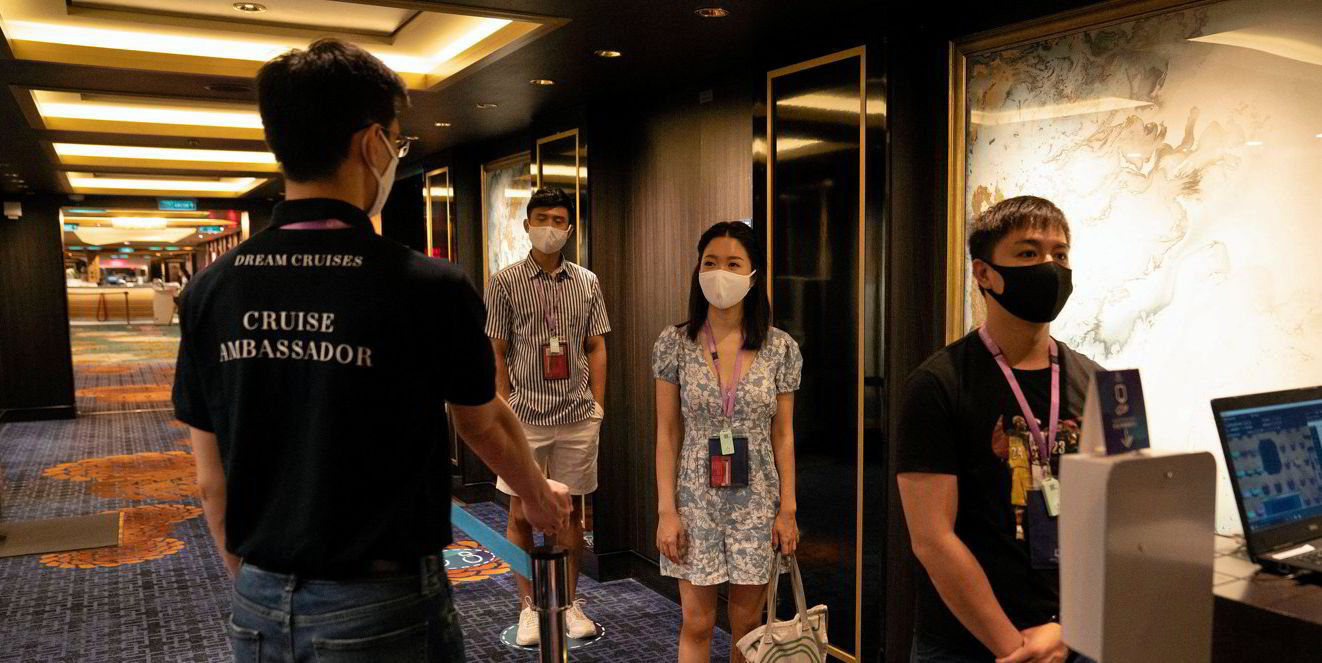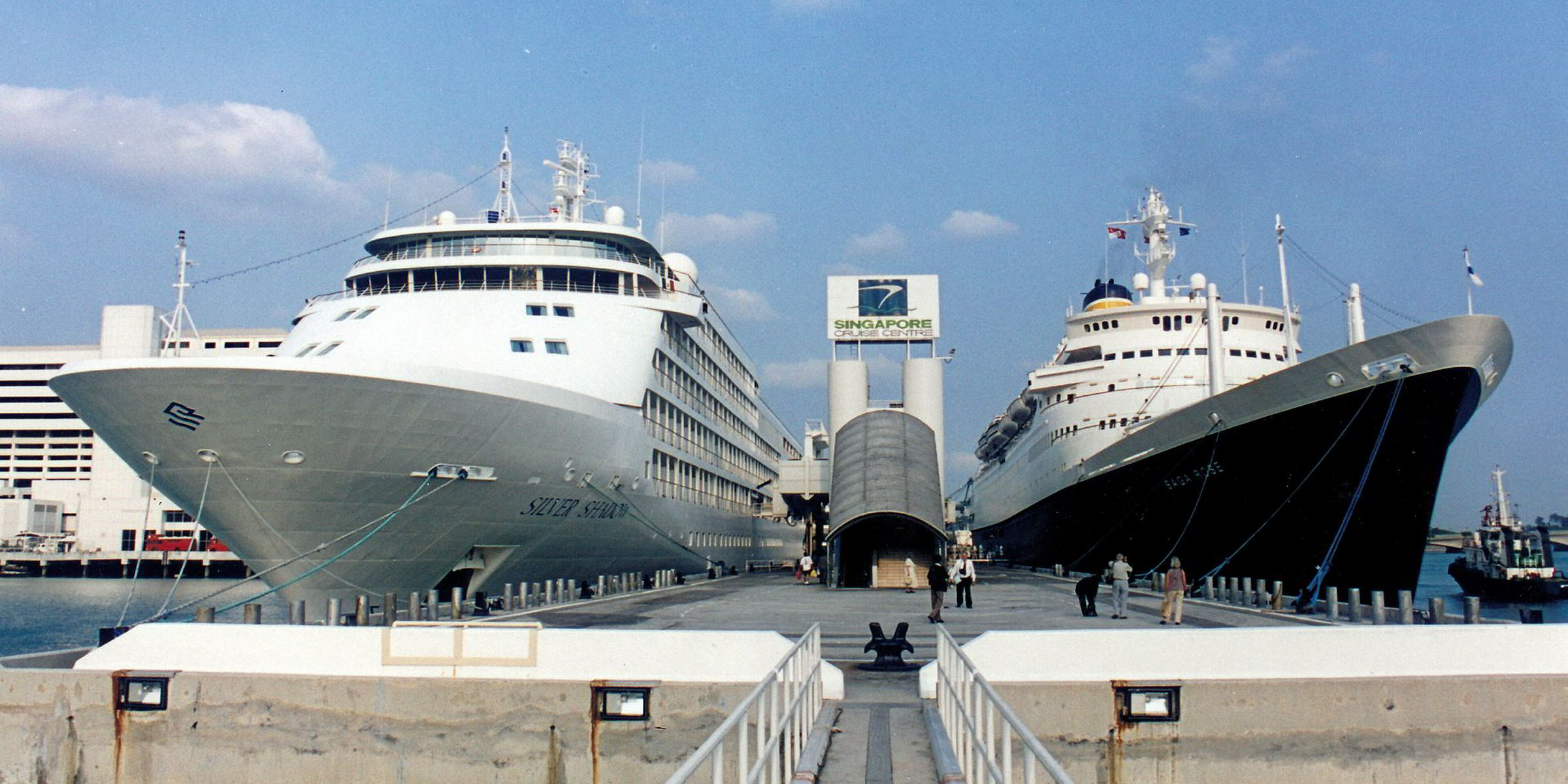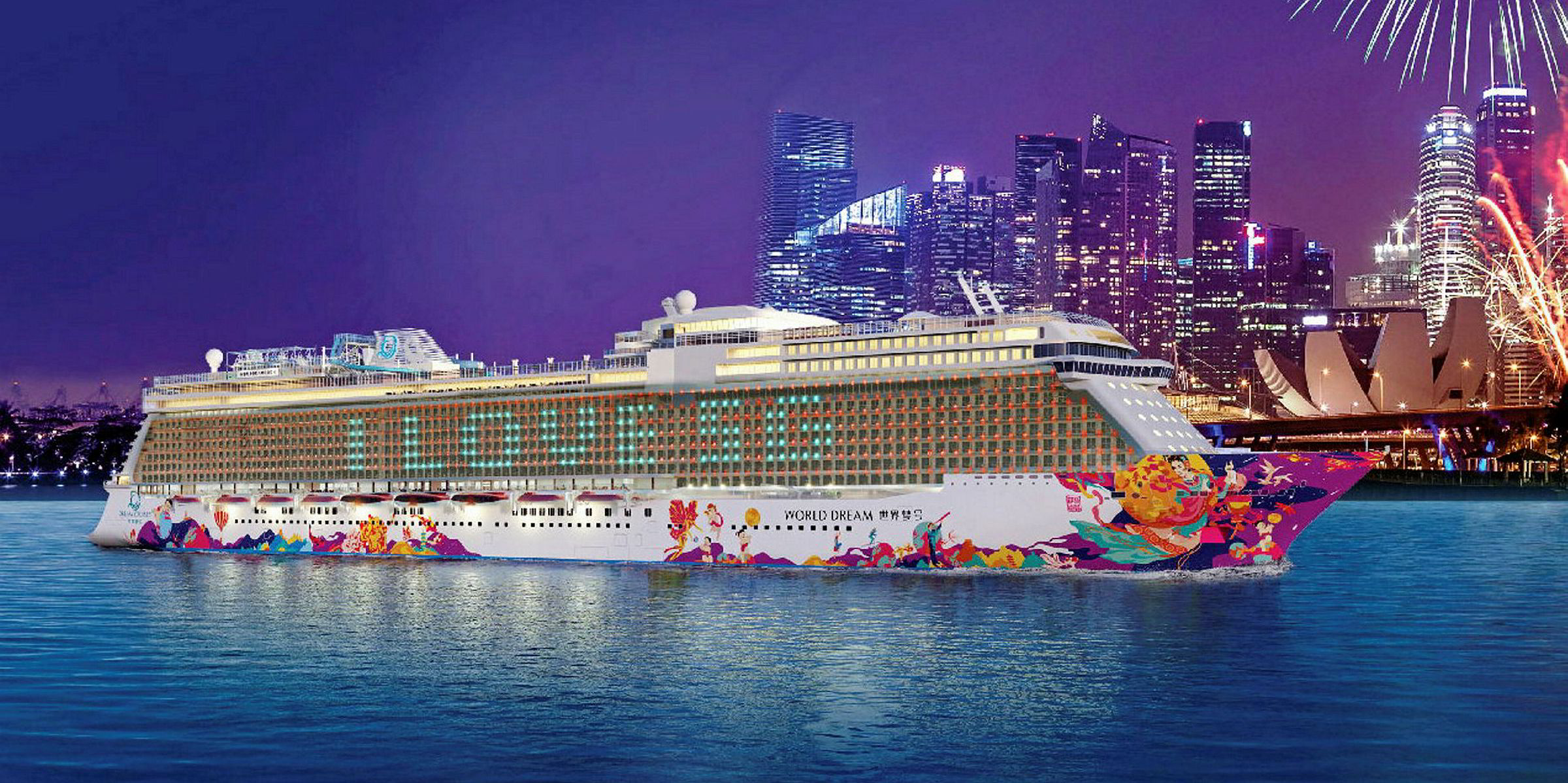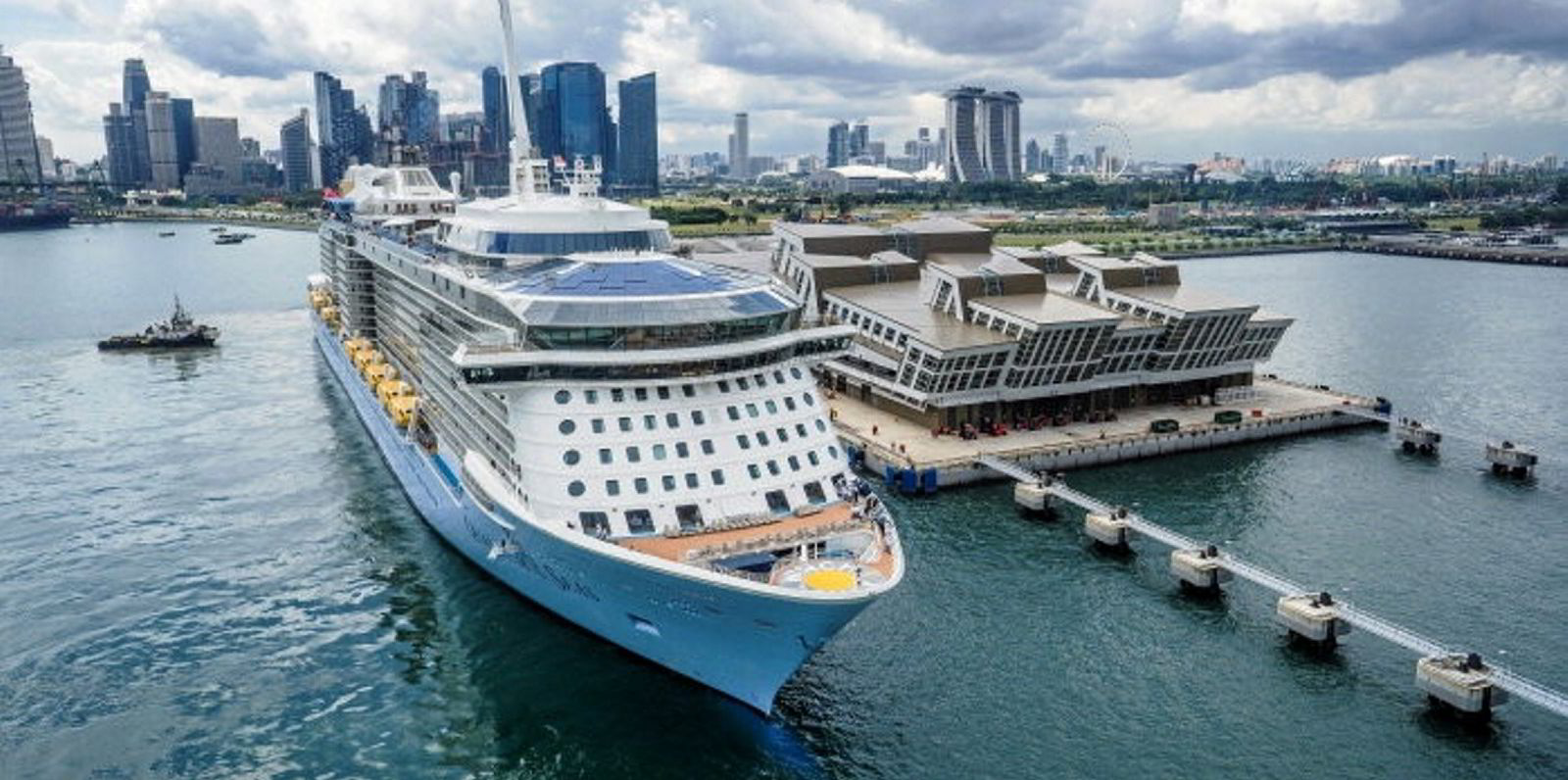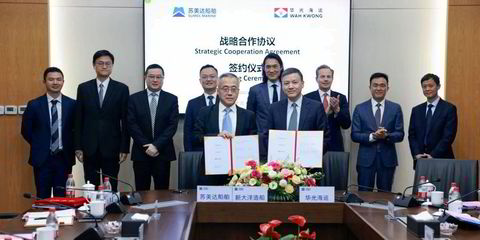Residents of Singapore have grown used to an army of social-distancing enforcers clad in red polo shirts, who politely but firmly impose the city-state’s stringent coronavirus rules.
On cruiseships that operate out of the Lion City, they are called cruise ambassadors. Their polo shirts may be blue, but their mission is the same — to make sure that everyone toes the line.
Their presence on board is mandated by the Singapore Tourism Board (STB)'s CruiseSafe protocols that operators have to agree to before setting sail.
Singapore’s fight against Covid-19 has frequently been hailed a success story. With the community spread of the virus largely curtailed by mid-2020, the STB was keen to restart the domestic tourism industry.
To ensure the safe resumption of cruising, the STB tasked classification society DNV with creating a cruise compliance audit and certification programme for cruise lines to get them back in business.
The contract, won through a competitive tender process, required DNV to review and enhance the STB's preliminary list of cruise safety management measures, recommend an approach to audit the cruise lines and develop a non-compliance framework.
DNV is also required to audit and inspect cruiseships planning to restart sailings out of Singapore, and issue certification benchmarked against global health safety and hygiene standards.
Dr Shahrin Osman, DNV’s Singapore-based regional head of maritime advisory who played a key role in drafting the protocols, describes CruiseSafe as a “Singapore standard”, but it incorporates significant elements of DNV’s Certification in Infection Prevention-Maritime (CIP-M) programme.
“The CruiseSafe protocols take CIP-M as the baseline and align them with the Singapore Ministry of Health’s requirements for social distancing and testing,” Osman says.
Strict enforcement
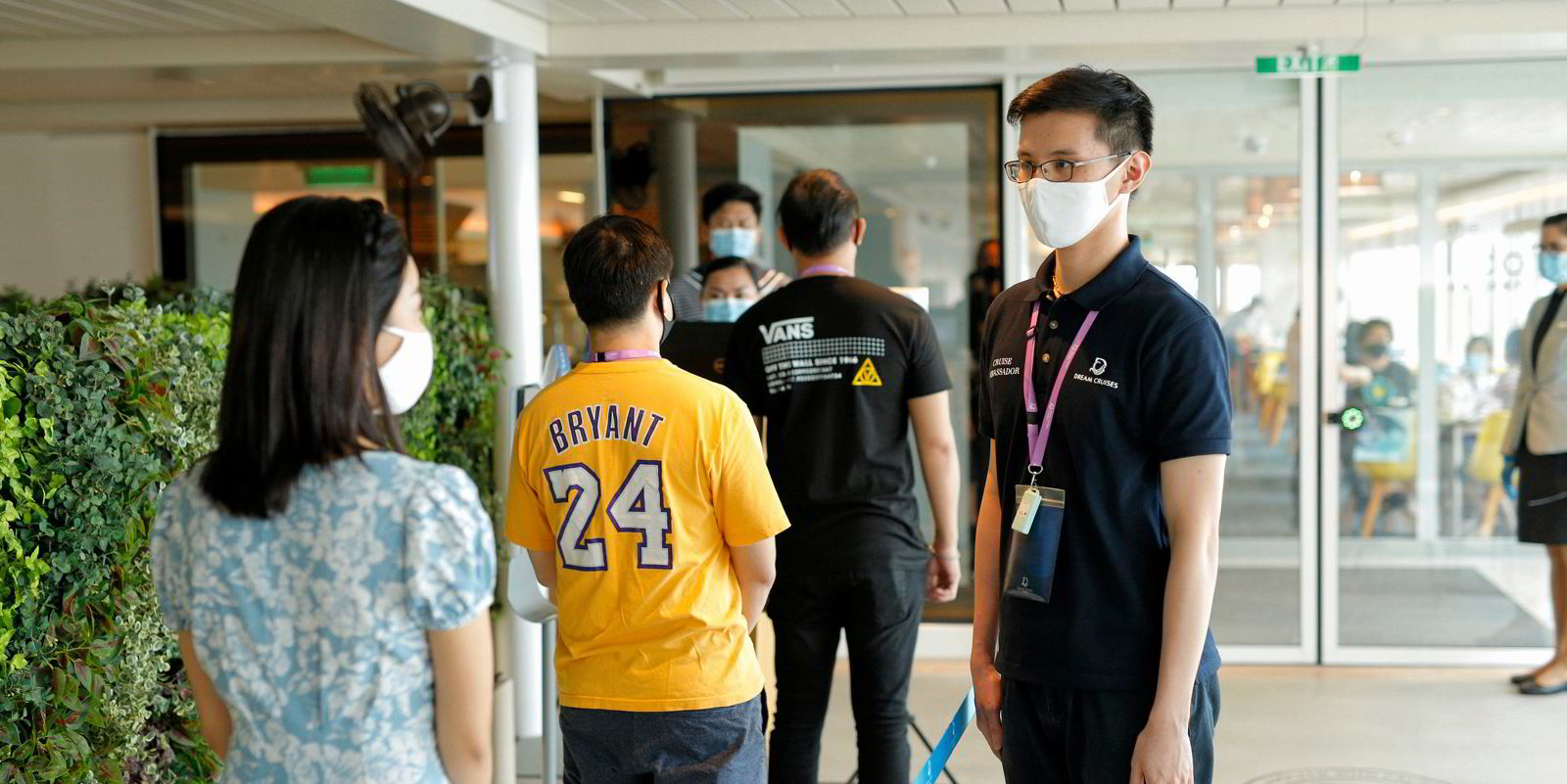
Protocols require passenger numbers to be restricted to 50% of a vessel’s lower-berth capacity.
To keep within Singapore’s carefully curated “safe bubble”, cruises are not allowed to call at any foreign ports, making them domestic in nature.
Advanced contact tracing systems on board the vessels are linked to systems in Singapore.
Crews are quarantined ashore for two weeks in the city-state before joining the ships. As they are also considered part of Singapore’s safe bubble, they are allowed shore leave when their ship is docked.
Osman adds that the CruiseSafe protocols are regularly updated.
“CruiseSafe is not static. Covid-19 measures are being update all the time in Singapore, and these updates are incorporated into CruiseSafe,” he explains.
The cruise ambassadors, Osman adds, are a necessity.
“Having the protocols is one thing, but operators also need to have the resources to enforce the rules,” he says, adding that this has not been a serious problem as people in Singapore are generally compliant.
Crew on board the World Dream say they welcome the presence of the ambassadors as it is easier for perceived outsiders from Singapore to enforce rules and deal with belligerent passengers, rather than staff from the vessel who are supposed to be at the passengers' beck-and-call.
